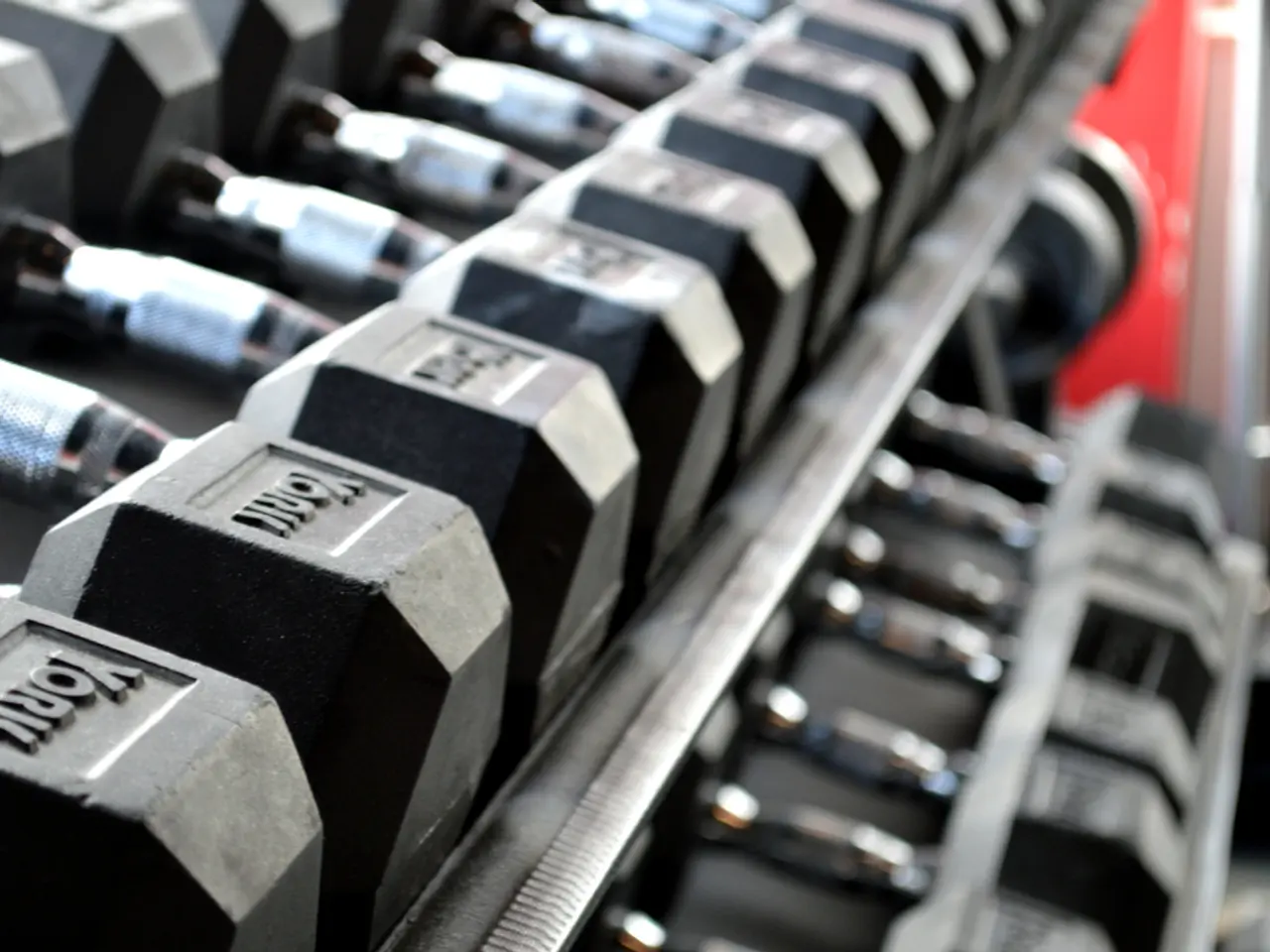Male Reproductive System's Structure and Functionality
=====================================================================
The male reproductive system is a complex network of organs that work together to facilitate sexual function, sperm production, and hormone production. This article aims to provide a clear and concise overview of each organ's role in this system.
The Penis
The penis, a cylindrical-shaped organ, serves dual functions: it delivers semen into the female reproductive tract during intercourse, and it also acts as the conduit for urine to exit the body through the urethra.
The Testes
The testes, or testicles, are responsible for two primary functions: producing sperm and secreting the male hormone, testosterone. They are located within the scrotum and contain seminiferous tubules where sperm are formed. Testosterone increases sex drive in males and is responsible for primary sexual development and the development of secondary sex characteristics.
The Scrotum
The scrotum, a pouch of skin, houses and protects the testes. Its unique location behind the penis and outside of the body helps maintain a lower temperature for optimal sperm production. The cremaster muscle in the scrotum contracts and relaxes to regulate the temperature of the testes.
The Epididymis
The epididymis, a coiled tube-like structure on the top, outside edge of each testicle, stores and matures sperm. Sperm gain motility and fertilization capability here before ejaculation. The epididymis has a head, body, and tail, and sperm enter immature and leave mature.
The Spermatic Cord
The spermatic cord is a cable-like structure that suspends and supports the testes, epididymis, and vas deferens, providing blood and nerve supply.
The Prostate
The prostate, a walnut-sized gland below the bladder, secretes a fluid into the ejaculate which nourishes sperm and enhances their motility. The secretion is alkaline to neutralize the acidic environment of the vagina. The prostate also converts testosterone into its active form, dihydrotestosterone, which is essential for the normal development and function of the prostate.
The Bulbourethral Gland (Cowper’s gland)
Small glands known as the bulbourethral glands produce a lubricating mucus fluid that is released into the urethra to cleanse and lubricate it before ejaculation. This fluid also helps neutralize the acidity of urine and the vagina, clearing the urethra opening.
The Seminal Vesicles
Paired glands near the base of the bladder, the seminal vesicles produce seminal fluid rich in fructose and other nutrients. This fluid provides energy for sperm and forms approximately 80% of the semen volume.
In conclusion, this coordinated system enables sperm production, maturation, protection, nourishment, and delivery, enabling fertilization during reproduction. The penis, a crucial part of this system, becomes erect when blood fills its erectile tissue, allowing for both urination and reproduction. Understanding the functions of each organ in the male reproductive system provides valuable insight into the complex process of human reproduction.
- Maintaining optimal urinary health is crucial for men, as the penis serves as both a conduit for urine exit and a means for semen delivery.
- Science plays a significant role in men's health and wellness, particularly in understanding the intricate functions of organs within the male reproductive system.
- Men should be aware that the prostate gland is responsible for producing fluids that nourish and enhance the motility of sperm, contributing to overall urinary and reproductive health.




